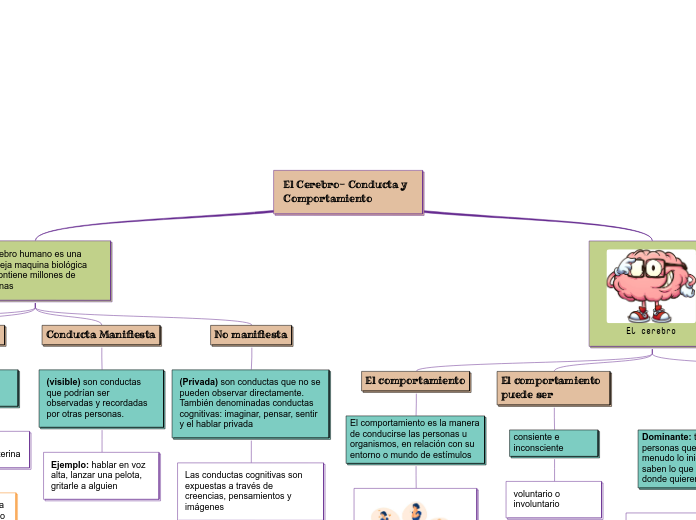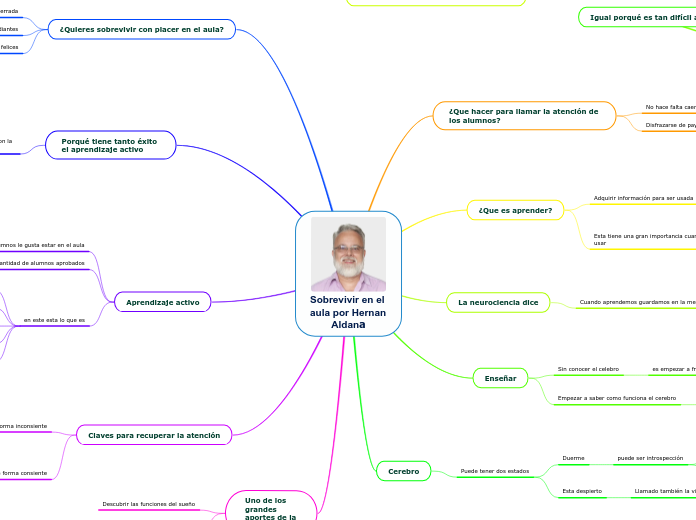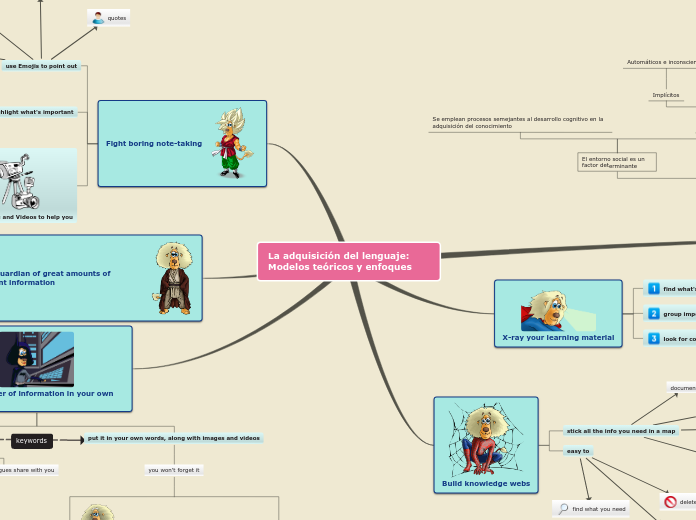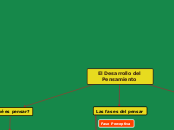El Cerebro- Conducta y Comportamiento
Type in the name of the multiple-perspectives text.
Example: Bridge to Terabithia by Katherine Paterson
El cerebro
Tipos de comportamiento
Estable: es un tipo de comportamiento tranquilo que le da mucha importancia a la seguridad propia y suele jugar un papel pasivo ante la mayoría de las situaciones
Cumplidor: es un comportamiento perfeccionista con enorme capacidad para completar los detalles típico de personas observadoras, metódicas y analíticas, que pueden ser percibidas como “frías” por los demás, ya que no suelen guiarse por su vida interna o afectiva.
Dominante: típico de las personas que toman a menudo lo iniciativa, que saben lo que quieren y donde quieren ir
Influyente: comportamiento muy centrado en las relaciones interpersonales. las personas influyentes crean enlaces con facilidad y tiene gran capacidad para el liderazgo
El comportamiento puede ser
consiente e inconsciente
voluntario o involuntario
Publica o privada segun la cirscunstancia que lo afecten
El comportamiento
El comportamiento es la manera de conducirse las personas u organismos, en relación con su entorno o mundo de estímulos
Type in a relevant quote that highlights the character's point of view towards
El cerebro.
Try following a citation format: author's name, chapter, and page.
Example: 'Jesse drew the way some people drank whiskey. (...) Lord, he loved to draw. (...) When he was in first grade, he told his father that he wanted to be an artist when he grew up.' (Paterson, 2. 7)
Type of narration
El cerebro humano es una compleja maquina biológica que contiene millones de neuronas
Identify an important issue from the text that is being presented from different angles. Type it in.
Example: Jesse's drawing talent.
No manifiesta
Decide on the fourth point of view
Type in the name of the last character whose perspective on the issue you are going to present.
Example: Leslie Burke, Jesse's new next-door neighbor, and best friend.
(Privada) son conductas que no se pueden observar directamente. También denominadas conductas cognitivas: imaginar, pensar, sentir y el hablar privada
Point of view
Type in a relevant quote that highlights the character's point of view. Try to follow a citation format: author's name, chapter, and page.
Example: I can't get the poetry of the trees,' he said. She nodded. Don't worry,' she said. You will someday. He believed her.' (Paterson, 4. 24)
Las conductas cognitivas son expuestas a través de creencias, pensamientos y imágenes
How is the viewpoint introduced in the story?
Choose an answer:
First person point of view - using the personal pronouns 'I' or 'we'Second person point of view - using the personal pronoun 'you'Third person point of view - using the third-person pronouns 'he', 'she' and 'they'Omniscient point of view - an all-seeing observer tells the story
Conducta Manifiesta
Whose character does the third point of view belong to?
Type in his/her name.
Example: Mr. Aarons, Jesse's father.
(visible) son conductas que podrían ser observadas y recordadas por otras personas.
What does the character think, say or do that suggests their perspective on the issue?
Type in a quote and try to maintain the citation format.
Example: 'He would like to show his drawings to his dad, but he didn't dare. (...) He'd thought his dad would be pleased. He wasn't. What are they teaching in that damn school? he had asked.' (Paterson, 2.8)
Ejemplo: hablar en voz alta, lanzar una pelota, gritarle a alguien
What kind of narration introduces the viewpoint?
Choose an answer:
First person point of view - using the personal pronouns 'I' or 'we'Second person point of view - using the personal pronoun 'you'Third person point of view - using the third-person pronouns 'he', 'she' and 'they'Omniscient point of view - an all-seeing observer tells the story
Características
Decide on the second point of view
Name the character (it can either be the main character or one of the supporting characters) whose point of view you are presenting.
Example: Miss Edmunds, Jesse's music teacher.
Dependerá de los factores genéticos
Type in a quote that points out the character's position about the issue.
Try to follow a citation format: author's name, chapter, and page.
Example: 'She said he was unusually talented, and she hoped he wouldn't let anything discourage him.' (Paterson, 2. 8)
Comienzan a ejercer su influencia desde la vida uterina
How is the viewpoint introduced in the story?
Choose an answer:
First person point of viewSecond person point of viewThird person point of viewOmniscient point of view
Cobran gran relevancia después del nacimiento
Conducta
Decide on the first point of view you are going to present.
Type in the name of the character (it can either be the main character or one of the supporting characters) whose point of view belongs to.
Example: Jesse Oliver Aarons, Jr., the main character of the novel, a fifth-grader living in a rural Southern area.
La conducta es el comportamiento que cada individuo desarrolla en los distintos ambientes a los que se enfrenta
Type in a relevant quote that highlights the character's point of view towards
El cerebro humano es una compleja maquina biológica que contiene millones de neuronas.
Try following a citation format: author's name, chapter, and page.
Example: 'Jesse drew the way some people drank whiskey. (...) Lord, he loved to draw. (...) When he was in first grade, he told his father that he wanted to be an artist when he grew up.' (Paterson, 2. 7)
La conducta
What type of narration introduces the viewpoint?
Choose an answer:
First person point of view - using the personal pronouns 'I' or 'we'Second person point of view - using the personal pronoun 'you'Third person point of view - using the third-person pronouns 'he', 'she' and 'they'Omniscient point of view - an all-seeing observer tells the story









